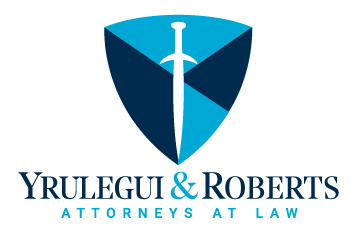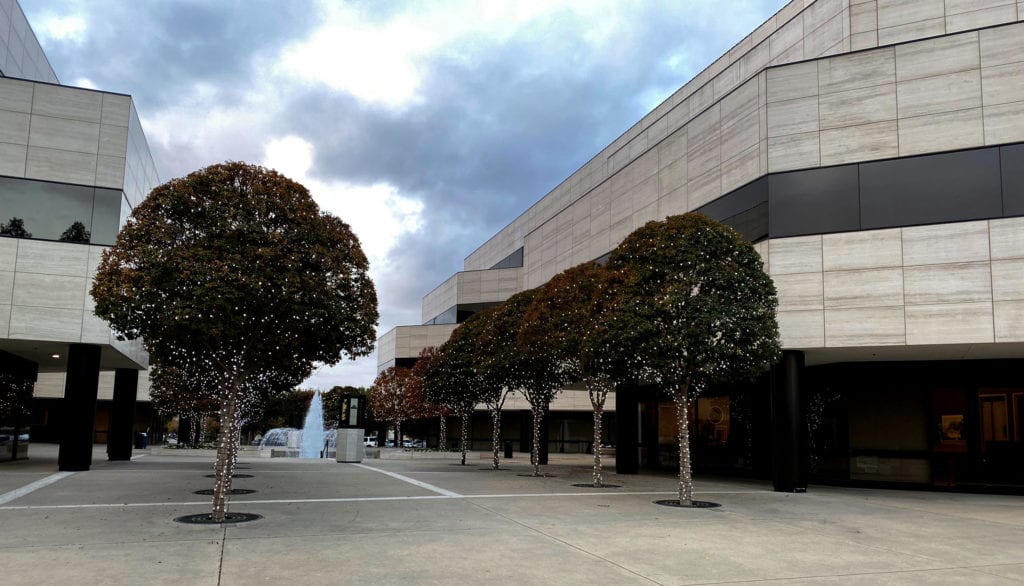In a recent decision, the California Workers’ Compensation Appeals Board (WCAB) ordered the reconsideration of a denied workers’ compensation claim involving a case of advanced Valley Fever, also known as disseminated coccidioidomycosis. This decision underscores the complexities of proving workplace-related illnesses and the importance of comprehensive evidence and expert testimony.
Case Background
The case involves an assistant principal employed by the Los Angeles Unified School District, who claimed that exposure to wildfire smoke between December 2017 and June 2018 led to her developing Valley Fever. The disease was diagnosed in July 2018. Initially, a Workers’ Compensation Administrative Law Judge (WCJ) denied the claim, ruling that the illness did not arise out of and in the course of employment.
Appeal for Reconsideration
The applicant, disagreeing with the initial ruling, filed for reconsideration. She argued that the WCJ’s reliance on the medical opinion of Dr. Gary Zagelbaum, the Panel Qualified Medical Evaluator (PQME), was flawed. Dr. Zagelbaum’s opinion on the latency period of Valley Fever did not align with the facts or relevant medical literature. The applicant contended that the primary treating physician, Dr. Marvin Pietruszka, provided substantial evidence on the latency period, which was not adequately considered.
WCAB’s Findings
The WCAB granted reconsideration, identifying several unresolved factual and medical issues that needed further exploration:
- Exposure Evidence: The applicant claimed exposure to wildfire smoke while working outdoors during the Thomas Fire. However, the WCJ found no substantial evidence proving that smoke or fungal spores were present in the applicant’s work environment. The WCAB highlighted that the applicant only needed to demonstrate plausible exposure at work, not a higher risk compared to other environments.
- Medical Opinion on Latency Period: Dr. Zagelbaum suggested a shorter latency period of up to 30 days, making it improbable that exposure in December 2017 could cause symptoms in June 2018. In contrast, Dr. Pietruszka proposed a longer latency period of up to six months. The WCAB noted the need for further medical evaluation to resolve these conflicting opinions.
- Consistency in Reporting Symptoms: The applicant consistently reported exposure to wildfire smoke and subsequent symptoms to multiple evaluating physicians. However, the WCJ required the applicant to testify under oath, which the WCAB found unnecessary given the consistency of medical reports.
Next Steps
The WCAB rescinded the WCJ’s initial decision and remanded the case for further proceedings. The Board emphasized the need for:
- Additional evidence on the presence of fungal spores in the workplace.
- Clarification and supplemental medical opinions regarding the latency period of Valley Fever.
- Potential expert testimony in relevant fields, such as air quality, to support the applicant’s claims.
Conclusion
The WCAB’s decision highlights the intricate nature of workers’ compensation cases involving occupational diseases. It stresses the necessity for thorough evidence collection and expert analysis to ensure fair adjudication. As the case returns to the trial level, the focus will be on gathering more comprehensive evidence and resolving medical ambiguities to reach a just determination.
At Yrulegui & Roberts, our Sacramento workers’ compensation defense law firm is always prepared to put the best interests of clients first. We represent employers and insurance companies. If you have any questions about workers’ compensation defense in California, please do not hesitate to contact us today. Our firm provides defense services in Sacramento and communities beyond.


